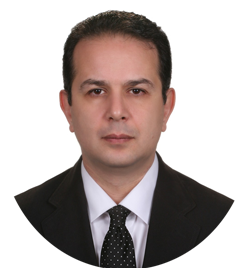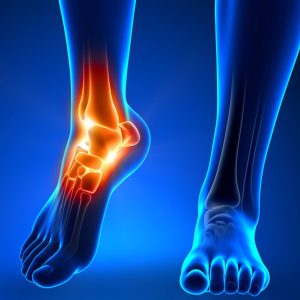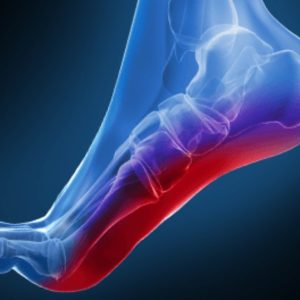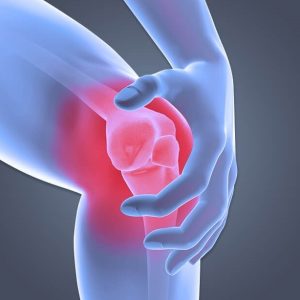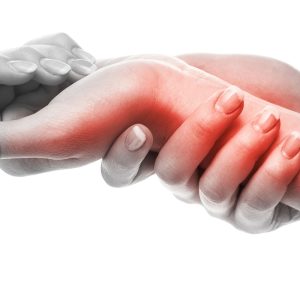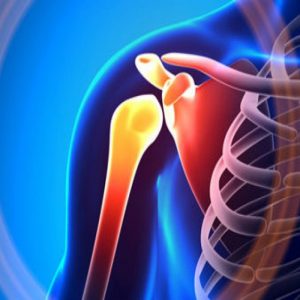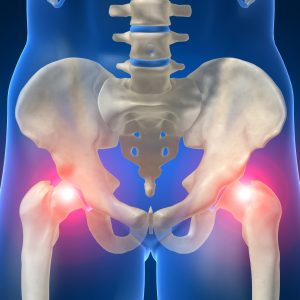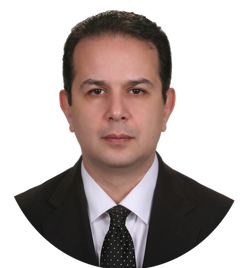Facial pain is one of many experiences that people have experienced throughout their lives. The most common causes can be as follows:
- Toothache
- Headache
- Cranial Muscle Pains
- Temporomandibular joint pain
- Trigeminal nerve neuralgia
- Acute and chronic facial pain can cause pain of varying quality and severity.
تیترهای مهم این مقاله
Toothache
There is a pulp in the center of the tooth that resembles connective tissue in other parts of the body and contains vascular, lymphatic, and nerve networks. Pulp stimulation causes toothache and can be due to injury, inflammation and necrosis. It should be noted that due to the severe limitation of the space around the teeth, any inflammation can quickly cause pain.
Headache
Tooth pain is one of the most common causes of facial pain. The headache is caused by a non-infectious inflammation in the vascular network and has several types, including:
Migraine headache
A spontaneous vascular disorder is caused by a dilated cerebral artery.
Cluster headache
A severe unilateral headache attacks around the eyes and the temporal region that lasts from minutes to hours with tearing, nose congestion, forehead sweating, miosis, drooping, and eyelid edema.
Tension headache
Recurrent headaches last from minutes to days. The pain is bilateral or unilateral, with a compressive and constrictive quality such as wearing a tight cap.
Cranial Muscle Pain
Musculoskeletal pain after excluding the causes of dental pain and vascular headaches is a differential diagnosis of facial headaches. Temporomandibular disorders is a problem that is due to masseter muscles or due to the temporomandibular joint. Muscle pains are more common in joints and their quality is similar to myofacial pain, fibromyalgia, myositis which has constant or vague deep quality and jaw movements that cause or aggravate it.
Temporomandibular Joint Pain
The temporomandibular articulation has a combination of hinged and sliding motions and is extremely complex. Parts of the bones involved in the joint are covered by cartilage and separated by a small disk that absorbs shocks which naturally cause the joint to move smoothly. Temporomandibular or TMJ dysfunction occurs when it occurs and the disk becomes eroded or out of its proper axis and the articular cartilage is lost as a result of inflammation of the joints or arthritis and the joint that has been damaged by a trauma or accident that is actually a type of arthritis process.
Trigeminal neuralgia
One of the most severe pain syndromes is unbearable pain, such as electric shock in the face . This pain is unilateral during attacks. Sudden onset and with pain-free intervals between attacks. The pain is triggered by an unpleasant stimulus such as touching the face, chewing, swallowing or even speaking. Tumors, vascular malignancies, dental disease, and sinusitis can cause trigeminal neuralgia but in most cases the cause is unknown. It occurs more often in middle age . The pain is completely unilateral in most patients; patients with multiple sclerosis (MS), which make up 2% of patients, have bilateral disease. Most patients experience the most pain in the maxillary sections or lower jaw (mandible).
Diagnosis
Physical examination and medical history is very important.
Imaging
Imagings provides complete information about the anatomical problems :
Simple Skull x-Ray: To examine infection or bone mass and structural changes.
Computed tomography: If problems are present in simple x-rays, CT scans can be used for more information .
MRI: Use for soft tissues, including muscles and joints.
Treatment
The first step of treatment is noninvasive treatments includes:
Rest: Relative relaxation of muscles and joints
Medicines: Medications are used to relieve symptoms in the acute phase and return to muscle strength and relaxation, including muscle relaxants (peripheral and central) and anti-inflammatory analgesics and anticonvulsants.
Non-invasive treatments
1. Physiotherapy
In physiotherapy a combination of exercises is used to strengthen muscular structure. Therapeutic modalities such as ice / heat, ultrasound and electrical stimulation reduce pain and cramps in patients.
2. Manual Massage and Manipulation
The basis of these techniques performed by hand to strengthen the muscular structure of the tissues.
3. High power laser
The use of pulsed lasers increases cellular energy and heals damaged tissues and prevents arthritis progression.
Interventional pain treatments
Interventional procedures are performed by a pain specialist under the guidance of X-ray (fluoroscopy) or ultrasound in operating room.
Diagnostic and therapeutic injections
Injections into muscules trigger points such as a combined injection of topical steroids and anesthetics and pro-inflammatory agents such as enriched platelets, ozone, etc. are performed to prevent osteoarthritis progression.
Radiofrequency in these areas can also be used for long-lasting changes.We use radiofrequency for trigeminal neuralgia. Thank you very much for studing this article.



